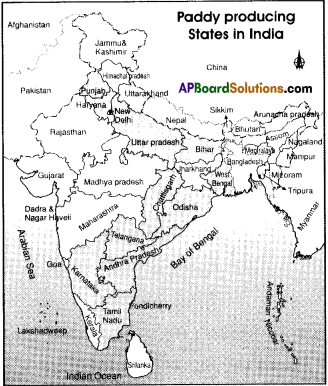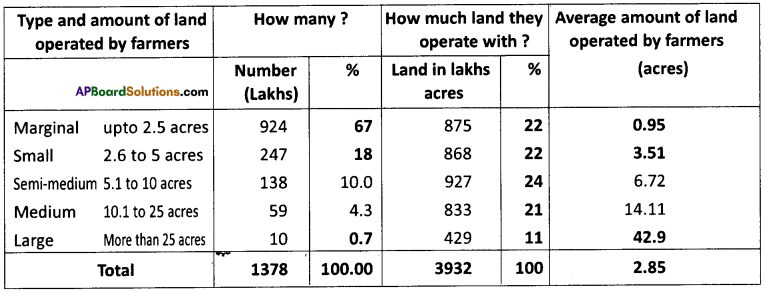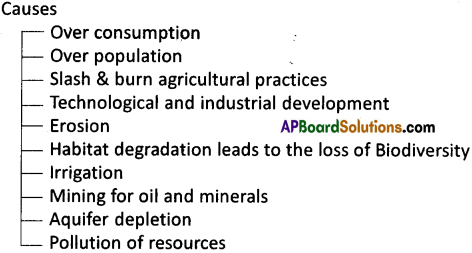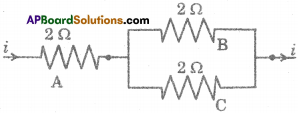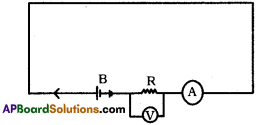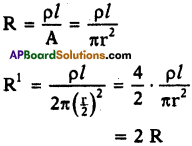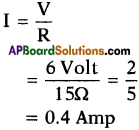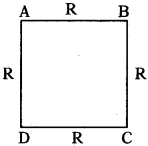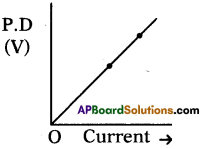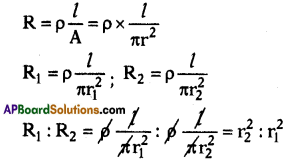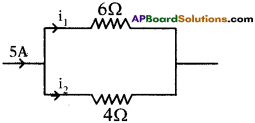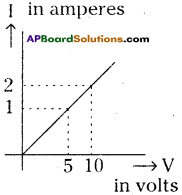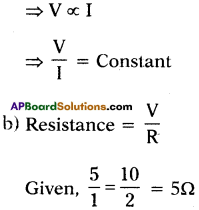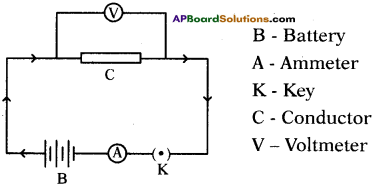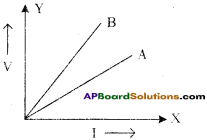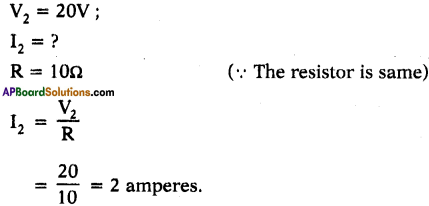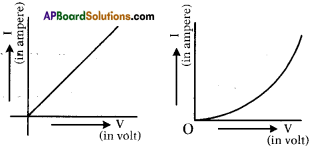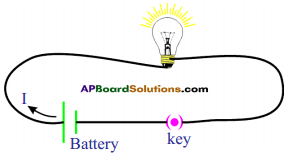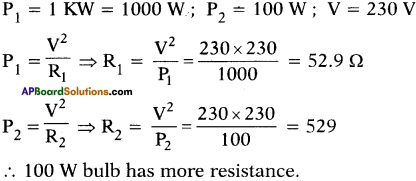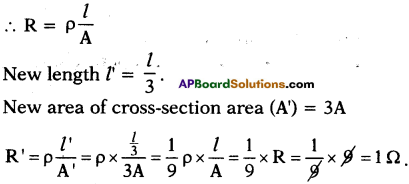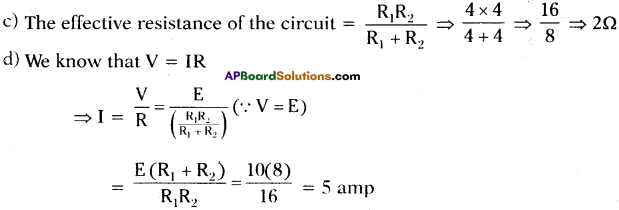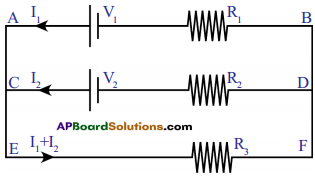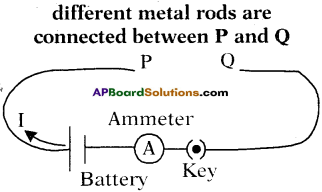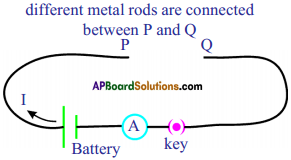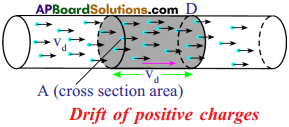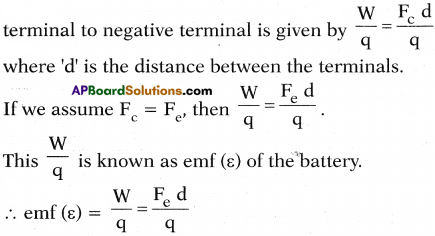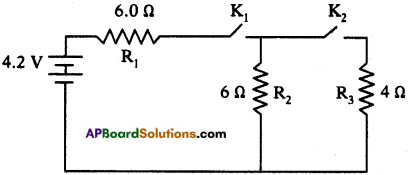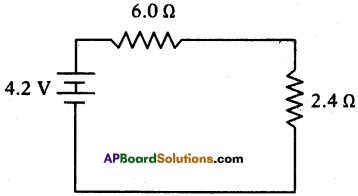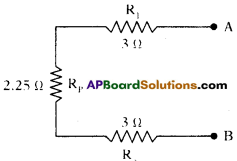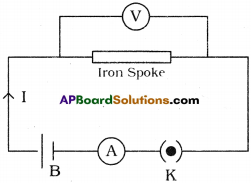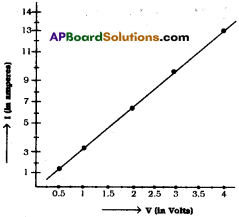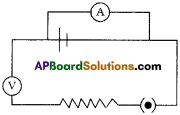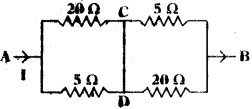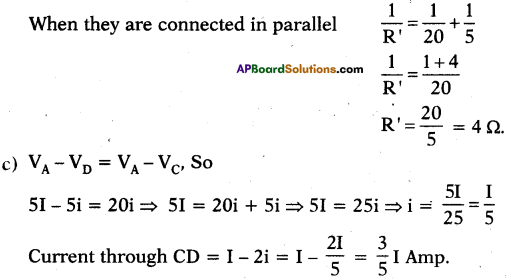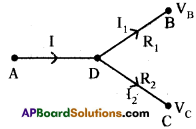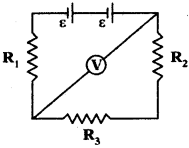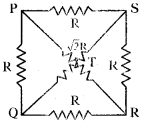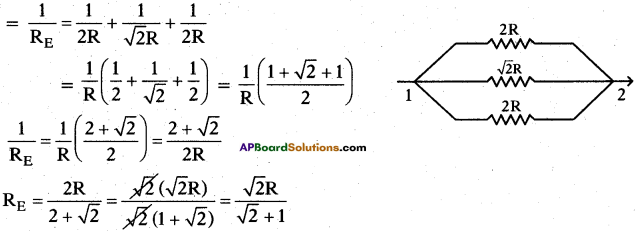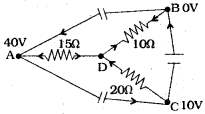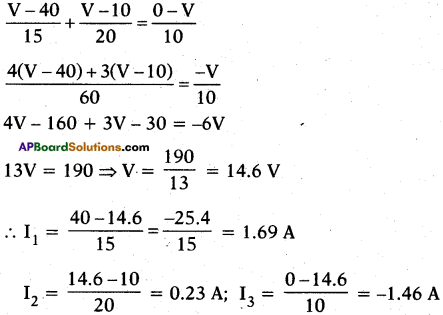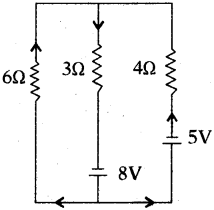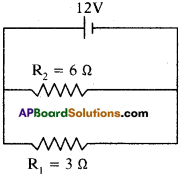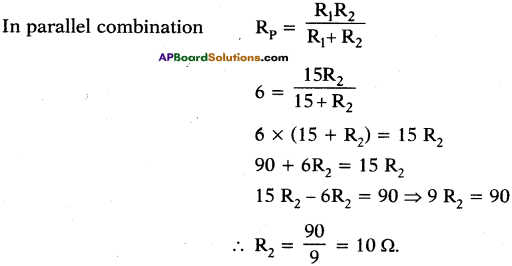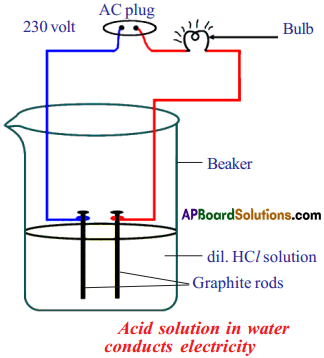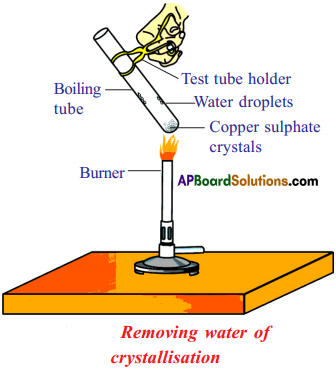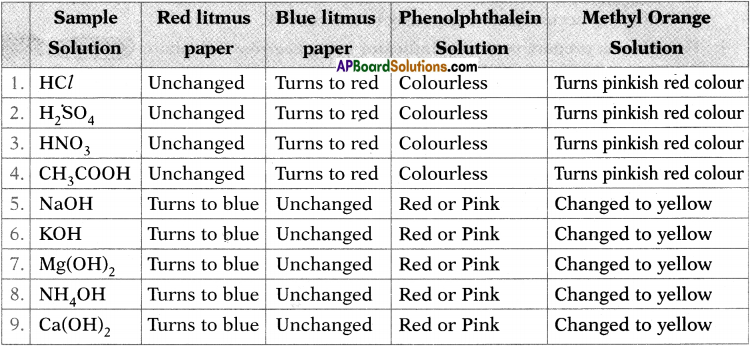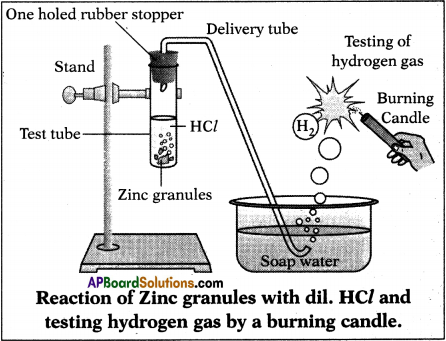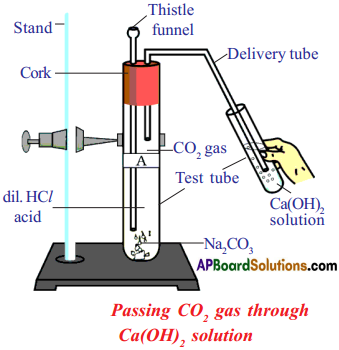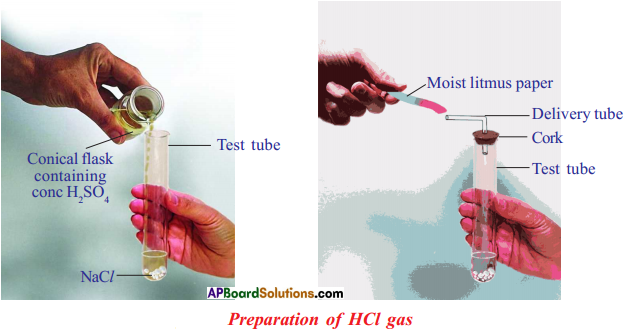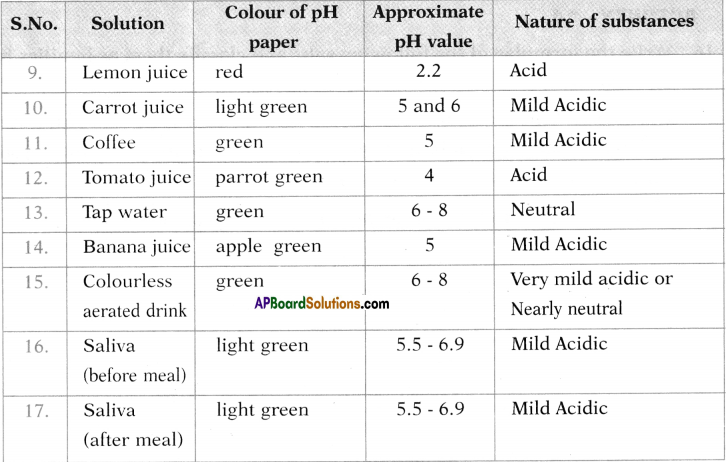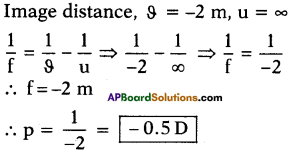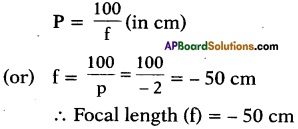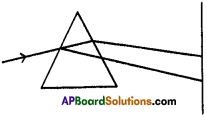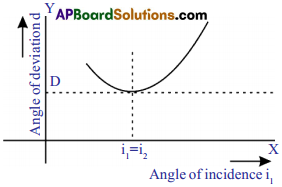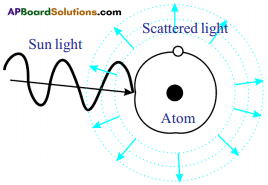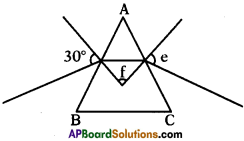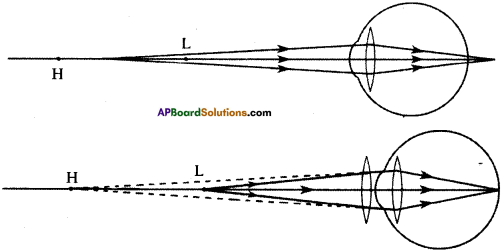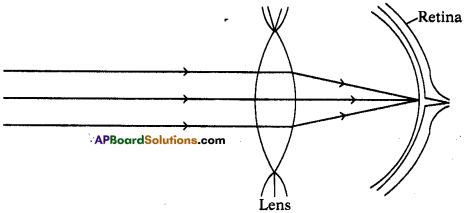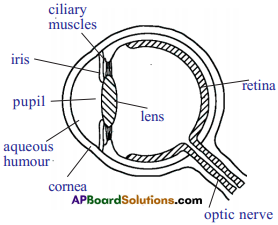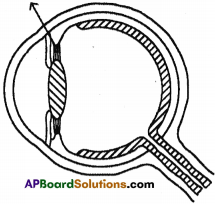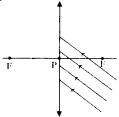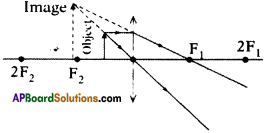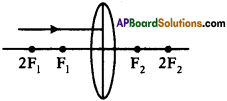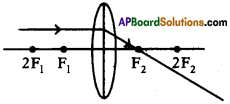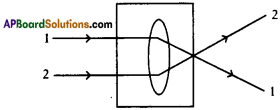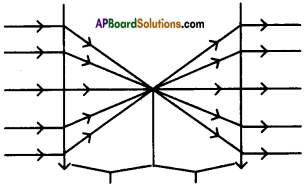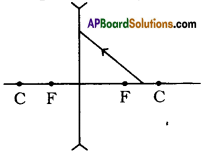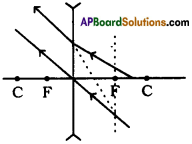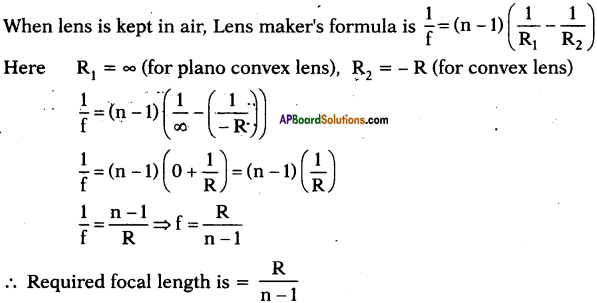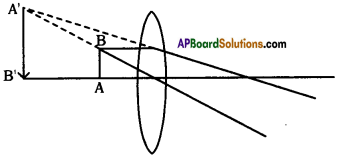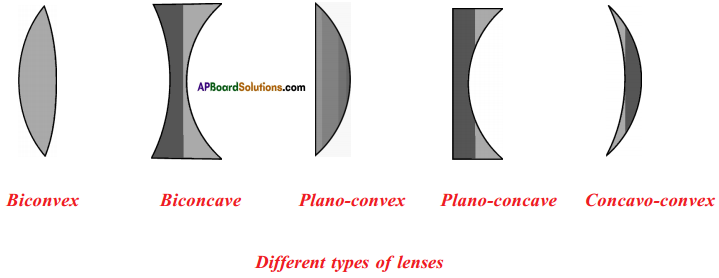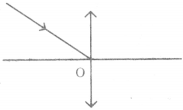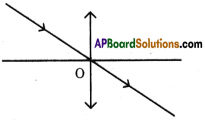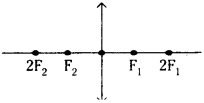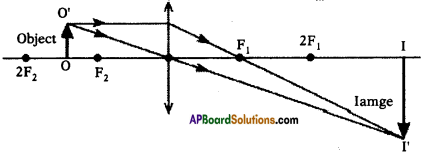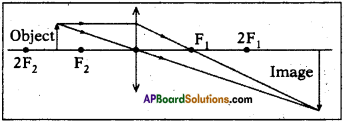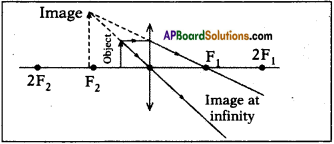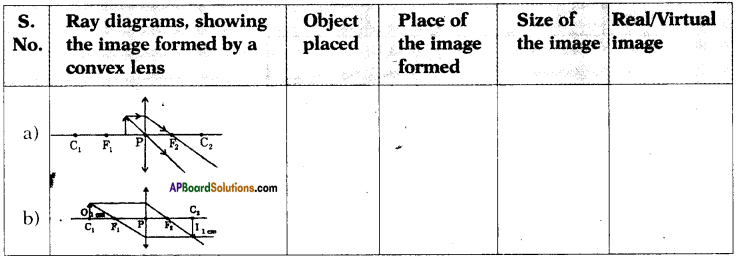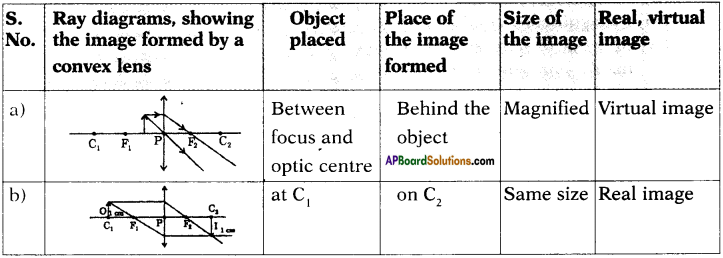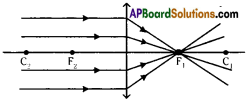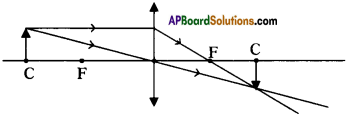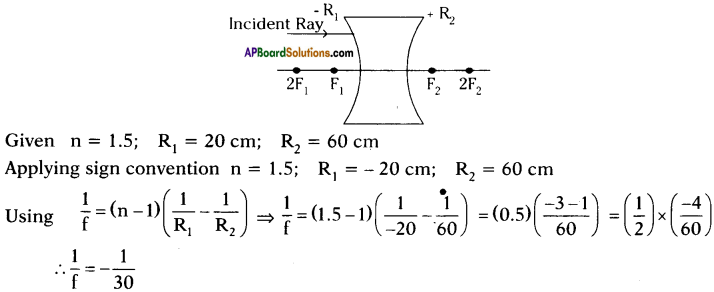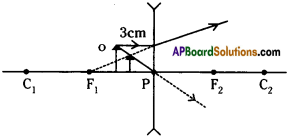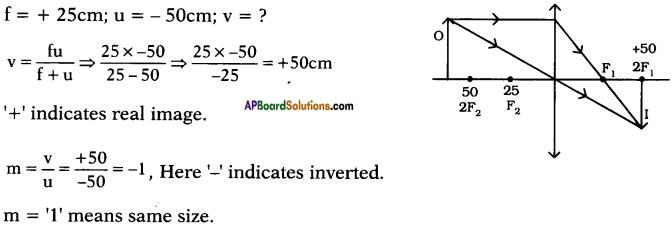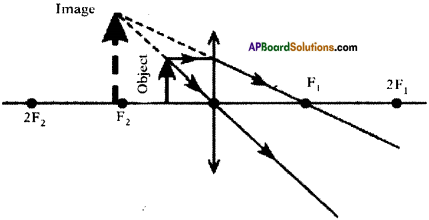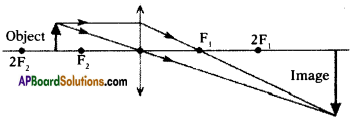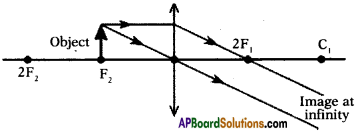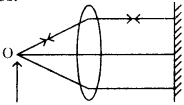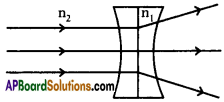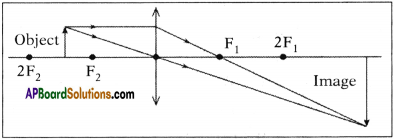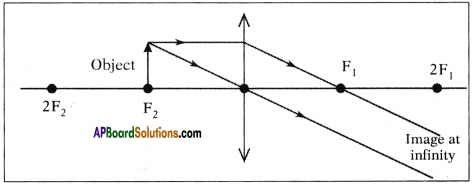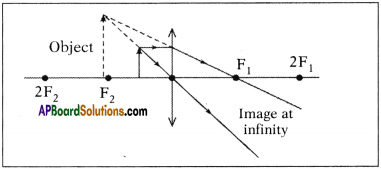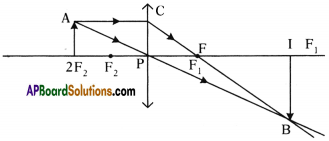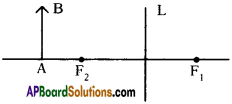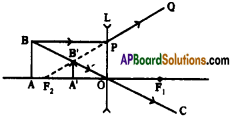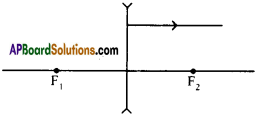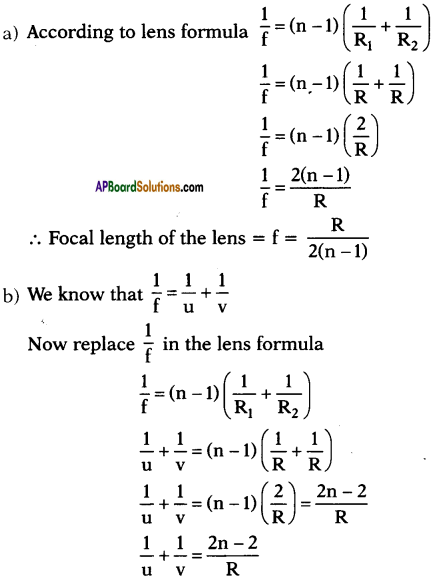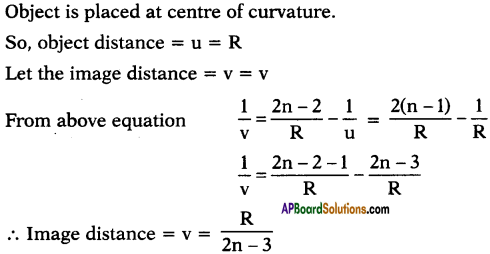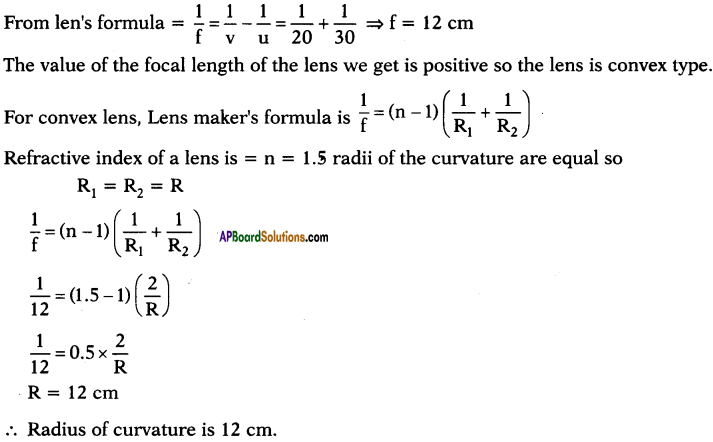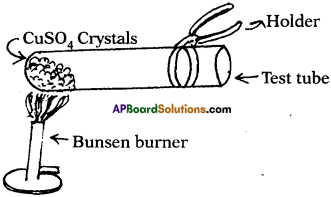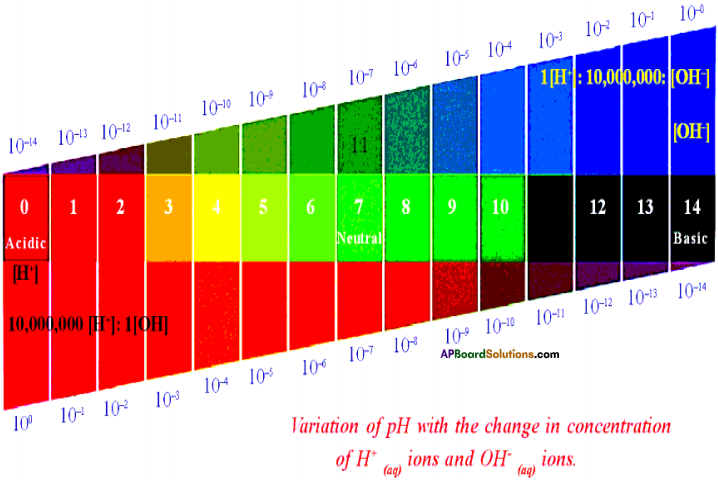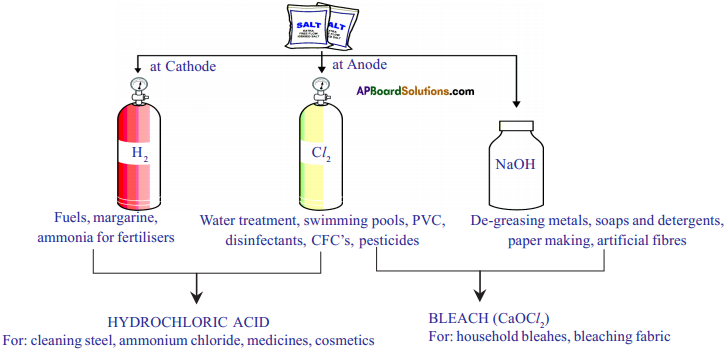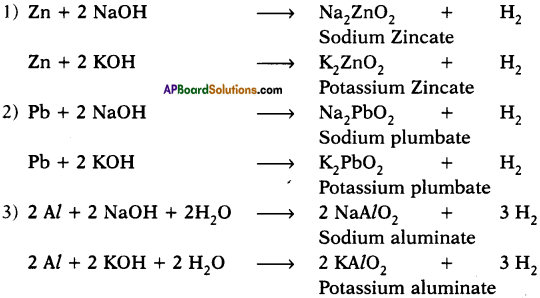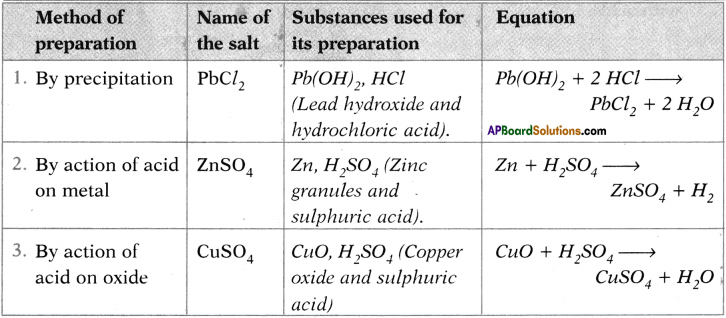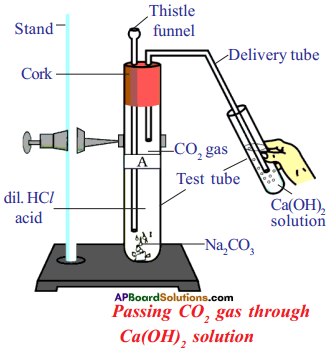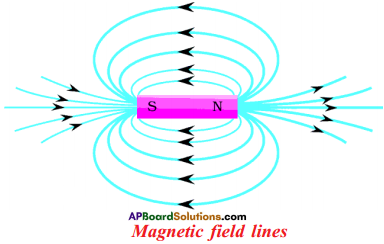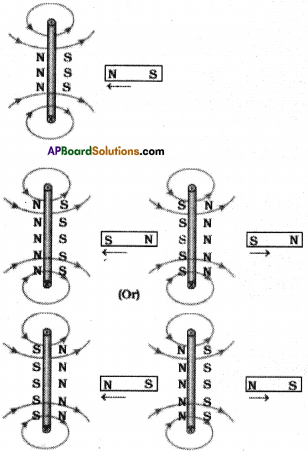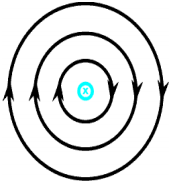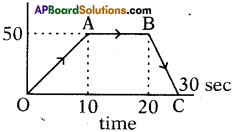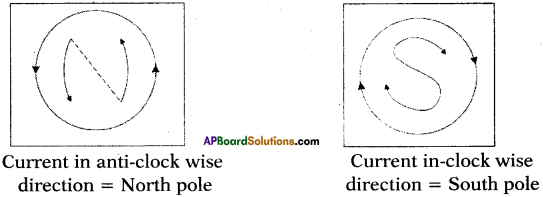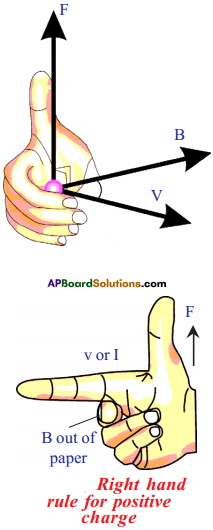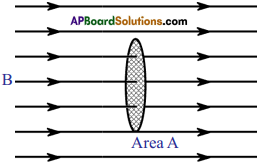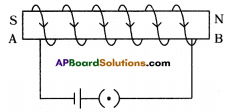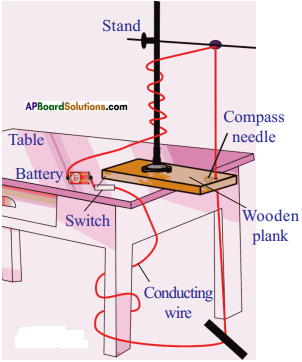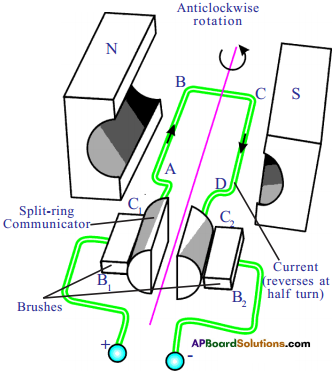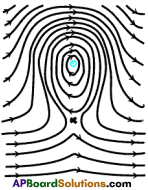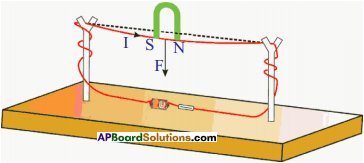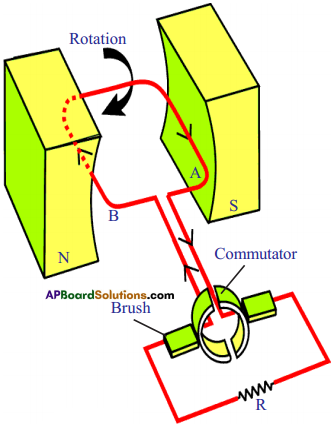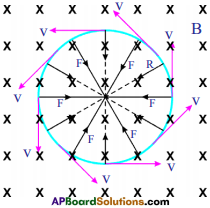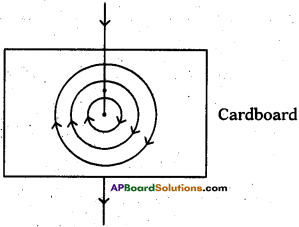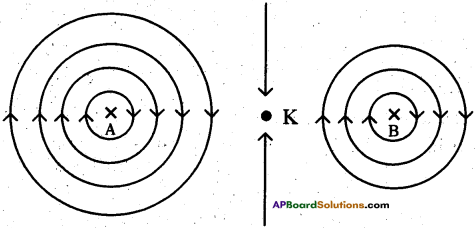SCERT AP Board 9th Class Social Solutions 7th Lesson Industries in India Textbook Questions and Answers.
AP State Syllabus 9th Class Social Studies Solutions 7th Lesson Industries in India
9th Class Social Studies 7th Lesson Industries in India Textbook Questions and Answers
Improve Your Learning
Question 1.
Why government took up the responsibility to set up basic goods industries?
Answer:
- Basic industries produce essential goods that can form a base to support a large variety of factories.
- Huge amount of capital is required to set up basic goods industries.
- Moreover it takes a long time to set up basic industries.
E.g.: For setting up a power plant for production of electricity, it would require five to ten years. - Private industrial groups were not willing to invest in such industries.
- Hence the Government took up the responsibility to set up basic goods industries.
![]()
Question 2.
Why are industries located in specific areas?
Answer:
- All factories need raw materials from which goods can be produced.
- Transportation is needed to bring raw materials to factories and transfer finished goods from them.
- So industries are located in specific areas where raw materials like minerals are available.
- Industries are also concentrated where infrastructural facilities like transportation electricity, banking services, etc. are available.
Question 3.
What are the basic goods industries? How they are different from consumer goods industries?
Answer:
| Basic Goods Industries | Consumer Goods Industries |
| 1. Factories producing essential goods necessary for industries are called basic goods industries. E.g.: Machines, electricity, etc. |
1. Factories producing goods which for direct consumption are called consumer goods. E.g.: Soaps, Furniture, TVs, etc. |
| 2. These goods are not for direct consumption. | 2. These goods are directly consumed by consumers. |
| 3. Basic industries produce essential goods that can farm a base to support a large variety of factories. | 3. Consumer goods industries did not support any other industries. |
Question 4.
Give a list of towns/areas in which some conventional mineral resources are found and ask students to identify then possible industries which can be set up.
| Minerals/ Resources | Towns/areas in which these resources are available | List the kind of industries that can be set up in this area |
| 1. Iron ore | ||
| 2. Coal | ||
| 3. Jute | ||
| 4. Oil | ||
| 5. Natural Gas | ||
| 6. Forests | ||
| 7. Manganese | ||
| 8. Bauxite |
Answer:
| Minerals/ Resources | Towns/areas in which these resources are available | List the kind of industries that can be set up in this area |
| 1. Iron ore | 1. Singhbhum in Jarkhand 2. Mayurbhanj, Koenjhar in Odisha 3. Raipur and Bastar in Chattisgarh. 4. Bellary and Chikmaglur in Karnataka. 5. Salem in Tamilnadu 6. Khammam in Telangana and Rayalaseema in Andhra Pradesh. 7. Ratnagiri and Chanda in Maharashtra. |
1. Iron and steel industry 2. Heavy machines 3. Tools 4. Weapons 5. Constructions and transport vehicles, etc. 6. Railway coaches, etc. |
| 2. Coal | Important coal fields are 1. Jharia, Chandrapura, Bokaro and Giridhi in Jarkhand. 2. Ranigunj and Asansal in West Bengal. 3. Singrauli and Korba in Madhya Pradesh. 4. Singareni in Telangana |
1. Iron and steel industry 2. Thermal power industry 3. Used as fuel in so many other industries. 4. Largely used in railways. |
| 3. Jute | West Bengal, Assom, Bihar and Odisha. | Jute industry is concentrated in West Bengal. 1. Jute textiles 2. Bag making 3. Carpet making 4. Door mats, etc. |
| 4. Oil | Gujarat, Assom, Bombay High | Different types of industries. |
| 5. Natural Gas | 1. Cambay and Ankleshwar fields in Gujarat 2. Bombay High in Maharashtra. |
Power industry Fertilizer industry Used as fuel |
| 6. Forests | Forests are found in Madhya Pradesh, Telangana, Andhra Pradesh, Odisha, Maharashtra, Arunachal Pradesh and Uttar Pradesh. | Forests yield both softwood and hard wood. Forest based industries are- 1. Paper (softwood trees) 2. Furniture 3. Timber 4. Soaps 5. Match boxes 6. Handicraft 7. Turpentine and 8. Railway sleepers |
| 7. Manganese | 1. Koenjhar, kalahandi, Mayurbhanj Sundarghar and Thalcher in Odisha. 2. Chitradurg, Shimoga, Chikmanglore, Bellary and Dharwad in Karnataka. 3. Bhalghat, Seori, Jabalpur in Madhya Pradesh. 4. Singhbum in Jarkhand. 5. Panchamahal in Gujarat. 6. Srikakulam and Visakhapatnam districts in Andhra Pradesh. |
1. Iron and steel industry 2. Chemical industry 3. Bleaching powder 4. Electrical 5. Glass 6. Leather 7. Photography and 8. Metal industry |
| 8. Bauxite | 1. Palmau, Ranchi, Monghyr and Shahabad in Jarkhand. 2. Balaghat, Jabalpur, Bilaspur and Rajgarh in Madhya Pradesh. 3. Amreli and Kutch in Gujarat. 4. Belgaum in Karnataka. 5. Madurai, Nilgiris and Coimbatore in Tamilnadu. 6. Visakhapatnam in Andhra Pradesh |
Used in Aluminium making which in turn used in aircraft, automobiles, ships, utensils, railways, photographic material and electrical goods industry. |
Question 5.
Why government in 1990s allowed private industries in many areas which were earlier restricted only to government?
Answer:
- Indian industry as a result of government’s control was not modernizing fast and was producing goods at high cost and not making technological improvement.
- Government used to allocate a specifc amount every year to operate these industries.
- It was expected that these industries become independent, generate revenue for the government.
- But these government run factories continually require government assistance.
- Their functioning was much below that was expected.
- So, in the 1990s a new industrial policy was announced. Many activities which were earlier restricted only for the government are now allowed for the private industries.
![]()
Question 6.
What is the impact of industrial development on employment generation?
Answer:
- An important goal of industrial policies in India was to generate employment opportunities in industrial activities.
- Raising the proportion of people employed in factories is also generally seen as an important indicator of economic development of a country.
- Today nearly 2 lakh large factories and 3 crore small manufacturing units are operating in India.
- These units employ nearly about one-fifth of India’s 460 million workers.
- Number of employees generated in industrial section has increased from 11% in 1972-73 to 22 % in 2009-10.
- But large industries began to replace workers with technology. More and more automation has taken place.
- This has led to almost zero additional employment in large factrories.
Question 7.
What is the impact of industrial development on revenue?
Answer:
- When goods made in factories and exported to other countries, we get revenue.
- A few decades before, three-fourths of income from goods exported from manufacturing industries alone.
- Even today, nearly two-third of goods exports is contributed by industries and particularly small industries.
- Factory goods exported range from gems, jewellery, chemicals, cars, machinery, cashewnuts, etc.
- The money or foreign exchange earned in this process enable us to import from other countries a large number of goods that we want from other countries.
Question 8.
“Industrial activities increase environmental problems” Discuss.
Answer:
- The production process in industries involves the use of electricity and application of different chemicals.
- In the course of production, these industries release a lot of other materials. They are causing pollution in the industrial locations.
- The industrialization led to the indiscriminate exploitation of minerals, forests, soils, air, etc.
- It leads to deforestation and damages the natural habitat of animals.
- Underground water is being contaminated due to the release of wastes by the industries.
- Some animals are endangered and some creatures have become extinct.
- The depletion of ozone layer, pollution of water, air, soil has increased ecological problems.
Question 9.
Write a few slogans on the prevention of environment pollution.
Answer:
- We were born to help the world, not to destroy it.
- Only when the last tree has died, the last river has been poisoned and the last fish has been caught, will we realize that we cannot eat money?
- Save the environment and you will save the life and future.
- Hungry and the Earth will serve, Thirst and the seas will water I Do you still want to cut that all?
- Man made global warming, the biggest scan in the history of mankind to fulfil his greediness? Understood this or nature will teach you.
- Stop pollution – Stop global warming.
![]()
Question 10.
Read the para 3 of page 83 and comment on it.
| The electronics industrys covers a wide range of products from transistor sets to television, telephones, cellular telecom, pagers, telephone exchange, radars, computers and many other equipments required by the telecommunication industry. Bengaluru has emerged as the electronic capital of India. Other important centres for electronic goods are Mumbai, Delhi, Hyderabad, Pune, Chennai, Kolkata, Lucknow and Coimbatore. 18 software technology parks provide single window service and high data communication facility to software experts. A major impact of this industry has been on employment generation. Upto 31 March 2005, the IT industry employed over one million persons. This number is expected to increase eight-fold in the next 3 to 4 years. It is encouraging to know that 30 per cent of the people employed in this sector are women. This industry has been a major foreign exchange earner in the last two or three years ‘ because of its fast growing Business Processes Outsourcing (BPO) sector. The continuing growth in the hardware and software is the key to the success of IT industry in India. |
Answer:
IT and electronics are the fast growing segments of Indian industry both in terms of production and exports. This sector is attracting considerable interest not only as a vast market but also as potential production base international companies.
In recent times, software development and IT enabled services have emerged as a niche opportunity for India in the global context.
The Government is taking all necessary steps to make India, a Global IT super power and a front runner in the age of information revolution. It earns a major share of foreign exchange.
Question 11.
Observe the map given on page 95 and locate the iron and steel plants in the India outline map.
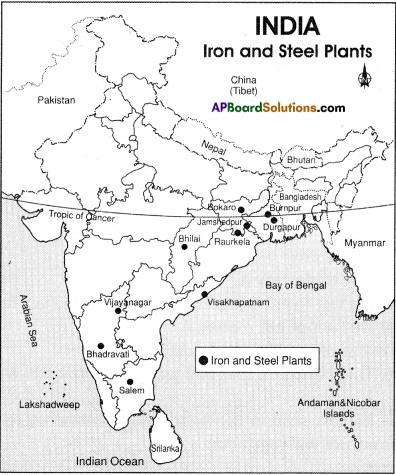
Answer:
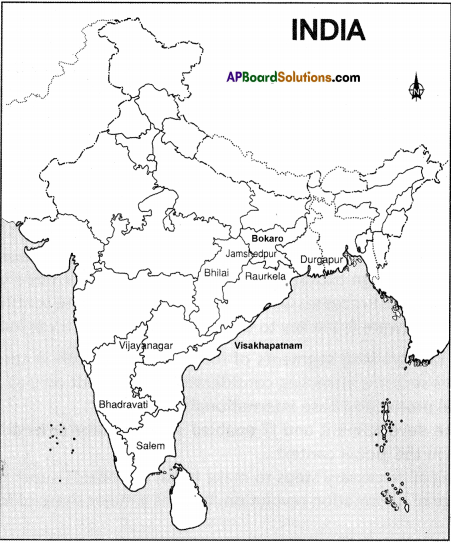
Question 12.
Select one agro-based and one mineral based industry in your area.
i) What are the raw materials they use?
ii) What are the other inputs in the process of manufacturing that involve transportation cost?
iii) Are these factories following environmental norms?
Answer:
1. Agro Based :
Nandini Foods.
2. Mineral Based :
Ramagundam Thermal Power Station
| Agro Based | Mineral Based |
| 1. Raw material: Sugar, powders, chillies, tamarind, oil, etc. | Coal, etc. |
| 2. Inputs that involve transportation lost: raw materials, staff and finished goods to market. | Raw materials, staff |
| 3. Environmental Norms : Yes, upto some extent | Yes, but the wastage is sent out into a canal. |
9th Class Social Studies 7th Lesson Industries in India InText Questions and Answers
Question 1.
Can you make a list of products produced by factories for other factories? (Text Book Page No. 76)
Answer:
- Moulds
- Speakers
- Spare parts
- Tyres, Tubes, etc.
Question 2.
Have you seen machines used in a factory? Make a collage of different kinds of machines that are used. (Text Book Page No. 76)
Answer:
I have seen a welding factory.
Machines in the factory are :
- arc welding
- resistance welding
- laser welding
- electron bean welding
- stud welding
- orbital welding
- wave soldering
- hot dip brazing
- torch brazing
- indution brazing
- ultrasonic
- friction welding
Question 3.
Discuss what is meant by the word “basic”. What are the basic necessities for industries? (Text Book Page No. 76)
Answer:
- “Basic” means the things that are basically necessary.
- The basic necessities for setting up any industries are machines, electricity, minerals and ores and infrastructural facilities like transport, telephones, etc.
![]()
Question 4.
At the time of independence what were the objectives that were desired to be achieved through industrialization? (Text Book Page No. 76)
Answer:
- After 1947, India began many initiatives to promote industrial activities in the country.
- Major objectives were – to become self-sufficient in meeting our needs and to make the country an industrially developed nation.
Question 5.
Where should the sugar and jaggery mills be ideally located? (Text Book Page No. 80)
Answer:
The sugar and jaggery mills should be ideally located near the crop grown areas.
Question 6.
Where would it be economically viable to set up the cement manufacturing units? (Text Book Page No. 82)
Answer:
Cement manufacturing units can be established near the areas where the raw materials are available in bulk.
Raw materials : Limestone, silica, alumina, gypsum, coal and electric power and transportation facilities.
Question 7.
Can you point out some examples of increase in production of goods that are used in the production of many products by different factories? (Text Book Page No. 90)
Answer:
- Steel
- Engines
- Cement
- Bricks
- Wood
- Glass
- Vegetables
- Cotton, etc.
![]()
Question 8.
The industry has strategically located plants in Gujarat that have suitable access to the market in the Gulf countries. Find out where the plants are located in other states of India. Find their names. (Text Book Page No. 82)
Answer:
- Nirman Cements Ltd – Bihar.
- Grasim Cements Ltd – Madhya Pradesh
- Sagar Cements – Telangana
- The India Cements Ltd – Tamilnadu
Question 9.
Fill in the following table. For some industries, you may need to discuss with the teacher. (Text Book Page No. 84)
| Industry | States in which they are currently concentrated | Why they are concentrated in those states? |
| Chemical Industry | ||
| Fertiliser Industry | ||
| Cement Industry | ||
| Automobiles Industry |
Answer:
| Industry | States in which they are currently concentrated | Why they are concentrated in those states? |
| Chemical Industry | Gujarat | Availability of raw material, skilled and unskilled labourers, electricity, water, financial assistance, transport facilities, etc. |
| Fertiliser Industry | Maharashtra | |
| Cement Industry | Rajasthan, Telangana, A.P., M.P, Gujarat | |
| Automobiles Industry | Tamilnadu |
Question 10.
Observe the following pie charts. (Text Book Page No. 87, 88)

a) What are the differences in employment in the three kinds of economic activities that you notice from these pie charts?
Answer:
- The employment generation in agricultural sector has been decreased from 74% in 1972-73 to 53% in 2009-10.
- The employment generation in industrial sector has been increased from 11% in 1972-73 to 22% in 2009-10.
- The employment generation in service sector has shown an increase of 10%.
b) What is the percentage of change in employment by industry?
Answer:
There is a 11% increase in employment generated by industry.
c) Did we expect to see a greater change in employment by industry that did not happen?
Answer:
1) Yes, we expected a greater change in employment by industry. But it did not happen.
2) Large industries began to replace workers with technology. More and more automation has taken place.
3) Hence it did not happen.
Question 11.
Look at the following Graph and answer the following question. (Text Book Page No. 89)

What has been the increase in production of cloth over the past 30 years? What would be the impact of this? Discuss in your class. (Text Book Page No. 90)
Answer:
1. The production of cotton cloth was 8000 million square metres approximately in 1980-81. The production went up to 15000 million square metres by 1990-91, to 19000 million square metres by 2000-01. The production has been increased to 31000 million square metres approximately by 2010-11.
2. The production of other cloth material was approximately 2500 million square metres in 1980-81 and that went up to 7000 million square metres by 1990-91, to 20000 million square metres by 2000-01 and to 30000 million square metres approximately
by 2010-11.
![]()
Question 12.
Refer the chart that shows the production of cement and steel construct a table to show the increase from 80-81 to present times. Discuss some positive and negative effect of this increase in production. (Text Book Page No. 90)

Answer:

The positive and negative effects of the increase in production :
1. The increase in the production of cement has positive impact on the development of our country. The infrastructural facilities like buildings, dams, roads etc., are increased due to the increase of production of cement.
2. Negative impact of cement production: The heating of limestone and clay may release mercury into the air which affects the health of the people and pollutes the ground water too.
Steel Production:
1. The increase in the production of steei has impact on the production of other goods, iike heavy tools and machines etc.
2. The steel factories release poisonous gases into the atmosphere and release waste into the streams causing air and water pollution.
Question 13.
Iron is the basic requirement for a large number of goods produced by various factories. Explain this with examples that you see around. (Text Book Page No. 76)
Answer:
- Iron is used in making steel, machinery, tools and weapons.
- Iron is also used in shipbuilding industry.
- Iron is also used for many other purposes in constructions and transport.
Question 14.
Make a chart to show how petroleum is the basic requirement for a large number of products. (Text Book Page No. 76)
Answer:
Petroleum or crude oil is a naturally occurring liquid found in the earth. It is refined and used to make so many products. The byproducts are Petrol, Diesel, Kerosene, etc.
It is used in:
- Petrochemical industry
- Plastic making
- Lubricating oils
- Fertilizers
- Asphalt – which is used in road construction
- Pesticides
- Detergents
- Photographic film
- Artificial fibres, etc.
![]()
Question 15.
Why is the per capita consumption of steel so low in India? (Text Book Page No. 81)
Answer:
- India is the developing country, the process of development is a little bit slow than other developed countries.
- Economy plays a vital role in the development of India economy is good but not best.
- The steel industry has limited factories in our country.
- The production is also limited. So the per capita consumption of steel is low in India.
Question 16.
Why did Mahatma Gandhi lay emphasis on spinning yarn and weaving khadi? (Text Book Page No. 79)
Answer:
- To spend time usefully with some other work,
- To fight against foreign cloths imported,
- To encourage village industries,
- To insist that everyone learn to do his own work like making the yarn for his cloth and
- To lead a simple life and minimising the needs for living.
9th Class Social Studies 7th Lesson Industries in India Activity
Collect the wrappers of a tea packets and tooth paste. Read the wrappers carefully and try to relate to the question below. (Text Book Page No. 77)
Answer:
Student’s Activity
…………..(1)………….. can be considered as a product of agro based industry. …………..(2)………….. can be considered a product of mineral based industry.
Answer:
1) Tea,
2) Toothpaste
![]()
Raw material for the tooth paste…………..(1)………….. and …………..(2)…………..
industry. That industry is called key or basic industry. Whereas the tooth paste is a consumer goods and the industry producing such goods is called consumer goods industry.
Answer:
1) Flouride,
2) Calcium
The ownership of industries could be lying with individuals or groups of individuals such as …………..(1)………….. (for the tea packets) and …………..(2)………….. (tooth paste). Such an industry is called a private sector industry whereas if the ownership belongs to the government, it will be called as public sector industry. Two examples of public sector industries are …………..(3)………….. and …………..(4)…………..
Answer:
1) Brookebond,
2) Dabur (Red),
3) Bharat Dynamics Ltd,
4) BHEL Ltd.
Some industries are also owned by large number of people who supply raw materials (milk/sugarcane) or supply their labour (coir) pool their resources to run them. Such industries are called cooperative industries.


